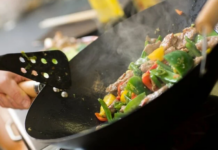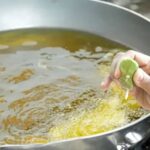Many home cooks struggle with frying fish, often facing issues like flaky skin, sticking to the pan, or even crumbling when flipped. While non-stick pans offer some relief, traditional pans can be quite challenging. According to chefs, the main culprit is rushing to add oil to the pan, which is precisely what causes the fish to stick.
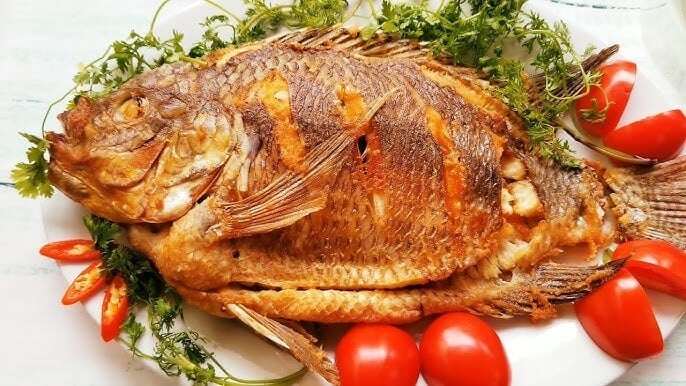
To overcome this, a few simple steps before frying can make all the difference:
Preparing the Pan for Frying Fish
Start by preparing a fresh ginger root. Cut it in half and rub the cut side evenly across the bottom and sides of the pan. Ginger creates a natural thin film, making the pan’s surface smoother and significantly reducing the chance of the fish sticking. This tip is especially useful for those using regular pans or concerned about the safety of non-stick coatings.
After rubbing the ginger, add cooking oil to the pan, but avoid placing the fish in immediately. Once the oil is heated, sprinkle a pinch of sugar. This small amount of sugar not only helps the fish skin turn a beautiful golden brown but also makes it crispier, preventing it from tearing during frying.
With just two common ingredients—ginger and sugar—you can transform a regular pan into a nearly non-stick surface, ensuring your fish fries evenly, looks appealing, and remains intact.
Preparing the Fish Before Frying
Another crucial step is ensuring the fish is thoroughly dry. After cleaning, pat the fish dry with paper towels. The drier the fish, the crispier it will be when fried, reducing oil splatter and minimizing the fishy odor.
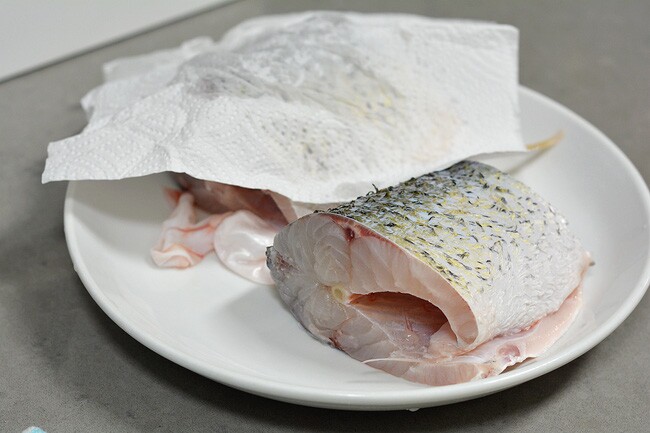
Don’t forget to remove the dark membrane inside the fish’s belly, as it’s the main cause of an unpleasant odor.
For extra crispiness, coat the fish lightly with a thin layer of starch before frying. You can also sprinkle a little flour into the hot oil to significantly reduce splattering.
Oil Temperature: The Key to Success
Avoid adding the fish to cold oil, as this will cause it to stick and break apart. To check if the oil is hot enough, dip a wooden chopstick into the oil; if small bubbles form around the tip, it’s ready. However, be cautious not to let the oil get too hot, as this can burn the fish’s exterior before the inside cooks.
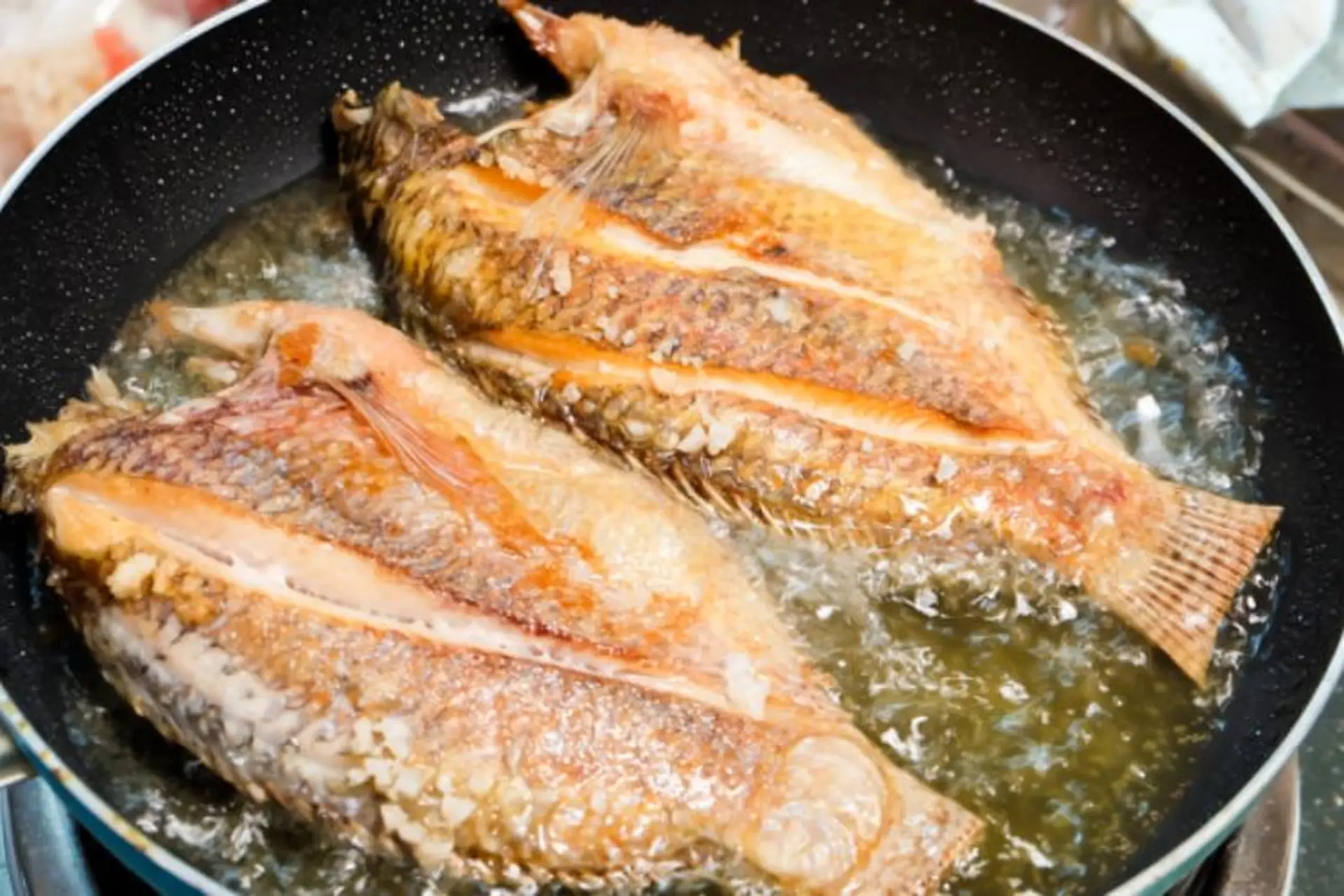
Fry the fish over low heat to allow it to cook slowly, preserving its natural sweetness. Once one side is golden and crispy, gently flip it to cook the other side. After both sides are evenly golden, sprinkle a bit of salt and fry for another minute before turning off the heat.
With these simple tips—rubbing ginger, adding sugar, drying the fish, and monitoring oil temperature—you’ll achieve perfectly fried fish that’s golden, crispy, and delicious, with no sticking or flaking. Happy frying!







